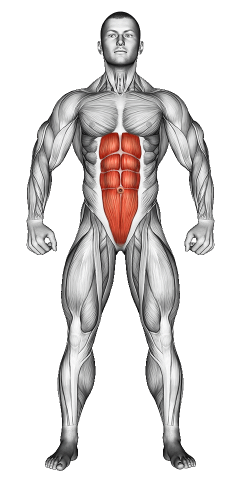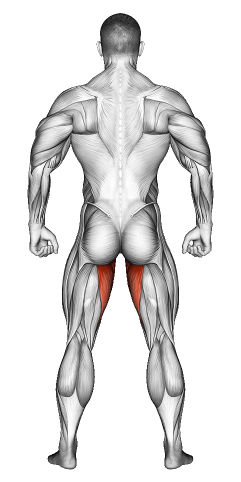Copenhagen Plank: Video Tutorial & Exercise Guide

Written By: Claude Michael
Updated: Oct 13, 2024
| Workout | Copenhagen Plank |
| Primary Muscle Group | Abs |
| Secondary Muscle Group | Adductors |
| Equipment Required | Bodyweight |
| Force Type | Static |
| Mechanics | Isolation |
| Exercise Type | Strength |
| Difficulty | Intermediate |
Copenhagen Plank: Video Tutorial & Exercise Guide
- 1.Copenhagen Plank: Muscle Groups
- -1.1Primary Muscle Group
- -1.2Secondary Muscle Group
- 2.Copenhagen Plank: Step-by-Step Guide
- 3.Copenhagen Plank: Overview
- 4.Copenhagen Plank: Benefits
- 5.Copenhagen Plank: Pro Tips & Advanced Techniques
- 6.Copenhagen Plank: Progression Plan
- 7.Copenhagen Plank: Frequently Asked Questions (FAQs)
Secondary Muscles Group
Copenhagen Plank: Step-by-Step Guide
- Step 1: Start by lying on your side, with your forearm on the floor directly beneath your shoulder. Extend your legs out straight.
- Step 2: Place your top leg on a bench or box, either with your foot or knee resting on the surface, depending on the intensity you're aiming for.
- Step 3: Engage your abs and lift your hips off the ground, creating a straight line from your head to your toes.
- Step 4: Hold this position, engaging your inner thighs (adductors) and abs, keeping your body stable.
- Step 5: Slowly lower your hips back down to the starting position. Switch sides and repeat for the desired number of reps.
Copenhagen Plank: Overview
The Copenhagen Plank is a fantastic exercise that focuses on strengthening your inner thighs (adductors) and abs. This variation of the side plank takes things up a notch by challenging your stability and forcing your inner thigh muscles to engage. It’s especially popular among athletes looking to improve hip strength and prevent injuries.
Copenhagen Plank: Benefits
The Copenhagen Plank is great for building strong adductors, a muscle group that is often neglected. Strengthening your adductors can enhance hip stability, prevent groin injuries, and improve performance in sports that require lateral movement. It also engages your abs and obliques, improving overall stability and balance.
Copenhagen Plank: Pro Tips & Advanced Techniques
To make sure you get the most out of the Copenhagen Plank, focus on keeping your body in a straight line. Don’t let your hips sag, and keep your abs tight to maximize engagement. If the full version is too challenging, start by placing your knee on the bench instead of your foot.
Copenhagen Plank: Progression Plan
Beginner
Intermediate
Advanced
Copenhagen Plank: Frequently Asked Questions (FAQs)
What muscles does the Copenhagen Plank target?
+The Copenhagen Plank primarily targets the inner thighs (adductors), abs, and obliques. It also strengthens the hips and stabilizers.
How can I make the Copenhagen Plank easier?
+If the full exercise is too tough, start by placing your knee on the bench instead of your foot. This reduces the load and makes it more manageable for beginners.
Is the Copenhagen Plank good for injury prevention?
+Yes! The Copenhagen Plank strengthens the adductors and hips, helping prevent common injuries like groin strains and improving hip stability for athletes.
How often should I do the Copenhagen Plank?
+Incorporate it 2-3 times a week in your abs or lower body workout routine for the best results.
What common mistakes should I avoid?
+Avoid letting your hips drop or rotating your torso. Focus on keeping your body in a straight line and engaging your abs throughout.
Share
Don’t Wish for It, Work for It – Join the FlexXP Newsletter Today!
Thank you for signing up for the FlexXP Newsletter!
This site is protected and the Google Privacy Policy and Terms of Service apply.

